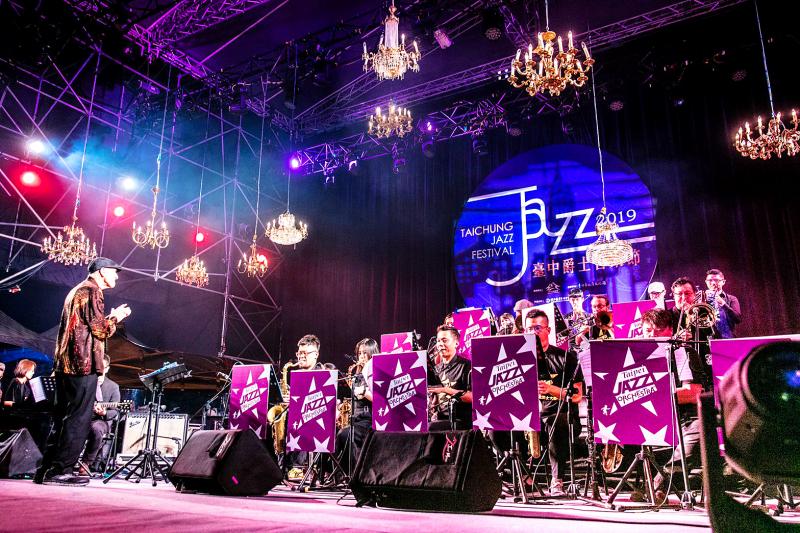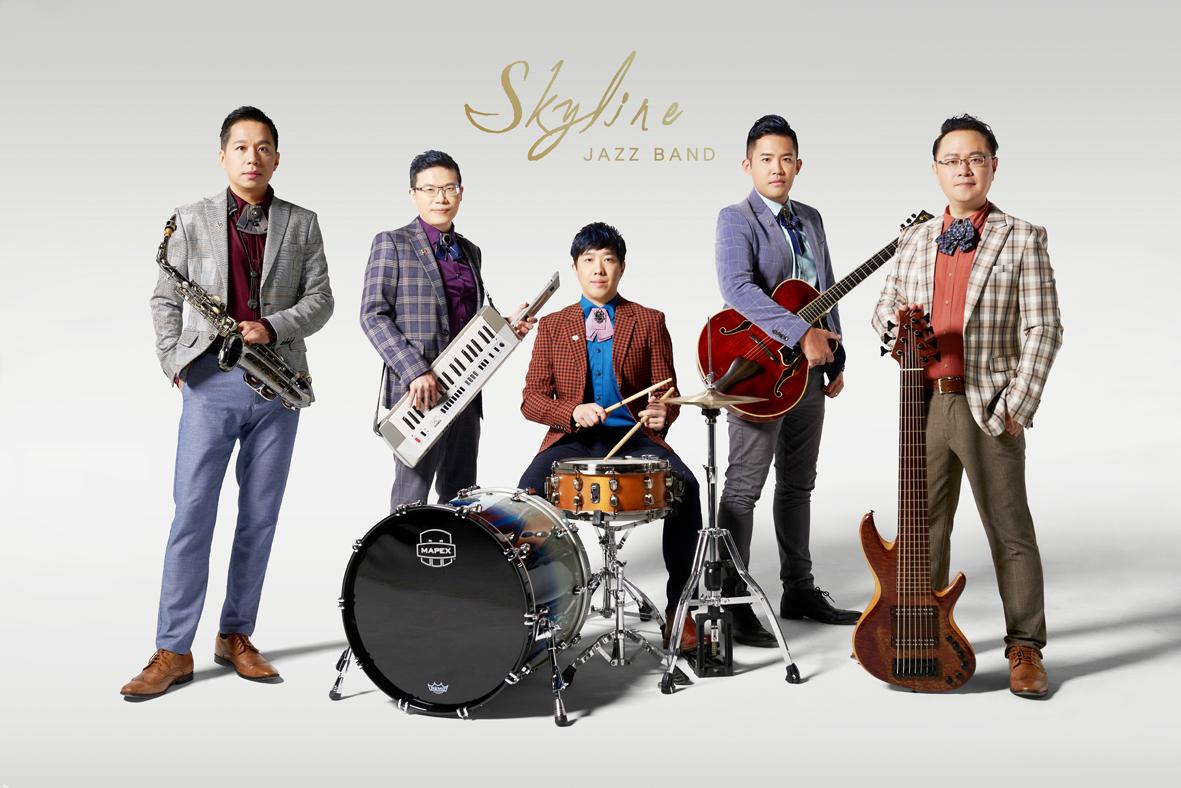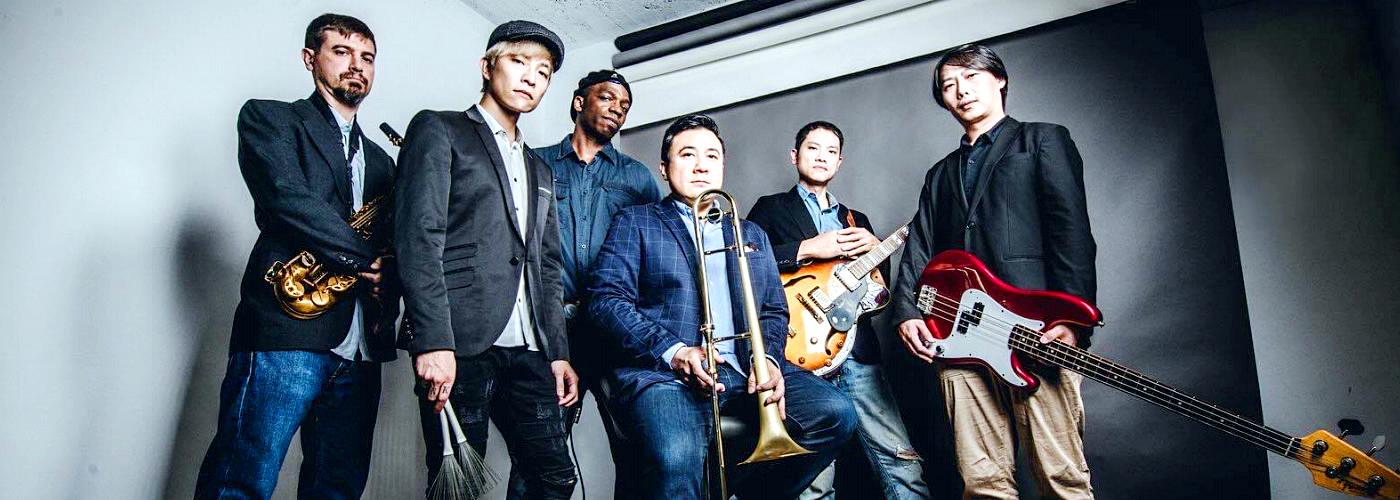Jazz is back, but just don’t call it a festival as the Give Me Five concert series is set to kick off tomorrow in Taichung.
Running through Oct. 31, the small-scale performances take the place of the annual jazz festival, which was canceled for a second year in a row due to the COVID-19 pandemic. In years past, the multi-day event attracted hundreds of thousands of spectators.
“It’s totally different this year,” Hsiao Jing-ping (蕭靜萍), head of performing arts for the city’s Cultural Affairs Bureau, says.

Photo courtesy of Wikimedia Commons
Nearly 30 traditional and contemporary jazz bands will perform at venues throughout the city. The old Taichung railway station will play host to the largest of the concerts, with performances taking place on the abandoned tracks.
Crowd sizes will be limited to 500 spectators at the old train station, while most of the other sites are even smaller. Hotels and restaurants around the city will also host concerts, but numbers will be limited due to safety concerns.
“Whether it’s 10,000 people or 10, we’ll do our best,” says Richard Li (利啟正), bassist for Skyline, a jazz fusion band set to perform on Sunday.

Photo courtesy of Richard Li of Skyline
Organizers stressed that government COVID-19 regulations will be followed, including the wearing of masks, temperature checks and real-name registration via QR code.
Tickets for the concerts are free, but must be confirmed in advance through an online booking system.
“We hope people truly appreciate the music,” Hsiao says. She adds that she feels optimistic that the traditional large-scale jazz festivities would be back next year.

Photo Courtesy of Riverside Live House

Photo courtesy of Taichung Jazz Festival

June 23 to June 29 After capturing the walled city of Hsinchu on June 22, 1895, the Japanese hoped to quickly push south and seize control of Taiwan’s entire west coast — but their advance was stalled for more than a month. Not only did local Hakka fighters continue to cause them headaches, resistance forces even attempted to retake the city three times. “We had planned to occupy Anping (Tainan) and Takao (Kaohsiung) as soon as possible, but ever since we took Hsinchu, nearby bandits proclaiming to be ‘righteous people’ (義民) have been destroying train tracks and electrical cables, and gathering in villages

Dr. Y. Tony Yang, Associate Dean of Health Policy and Population Science at George Washington University, argued last week in a piece for the Taipei Times about former president Ma Ying-jeou (馬英九) leading a student delegation to the People’s Republic of China (PRC) that, “The real question is not whether Ma’s visit helps or hurts Taiwan — it is why Taiwan lacks a sophisticated, multi-track approach to one of the most complex geopolitical relationships in the world” (“Ma’s Visit, DPP’s Blind Spot,” June 18, page 8). Yang contends that the Democratic Progressive Party (DPP) has a blind spot: “By treating any

This year will go down in the history books. Taiwan faces enormous turmoil and uncertainty in the coming months. Which political parties are in a good position to handle big changes? All of the main parties are beset with challenges. Taking stock, this column examined the Taiwan People’s Party (TPP) (“Huang Kuo-chang’s choking the life out of the TPP,” May 28, page 12), the Democratic Progressive Party (DPP) (“Challenges amid choppy waters for the DPP,” June 14, page 12) and the Chinese Nationalist Party (KMT) (“KMT struggles to seize opportunities as ‘interesting times’ loom,” June 20, page 11). Times like these can

Swooping low over the banks of a Nile River tributary, an aid flight run by retired American military officers released a stream of food-stuffed sacks over a town emptied by fighting in South Sudan, a country wracked by conflict. Last week’s air drop was the latest in a controversial development — private contracting firms led by former US intelligence officers and military veterans delivering aid to some of the world’s deadliest conflict zones, in operations organized with governments that are combatants in the conflicts. The moves are roiling the global aid community, which warns of a more militarized, politicized and profit-seeking trend